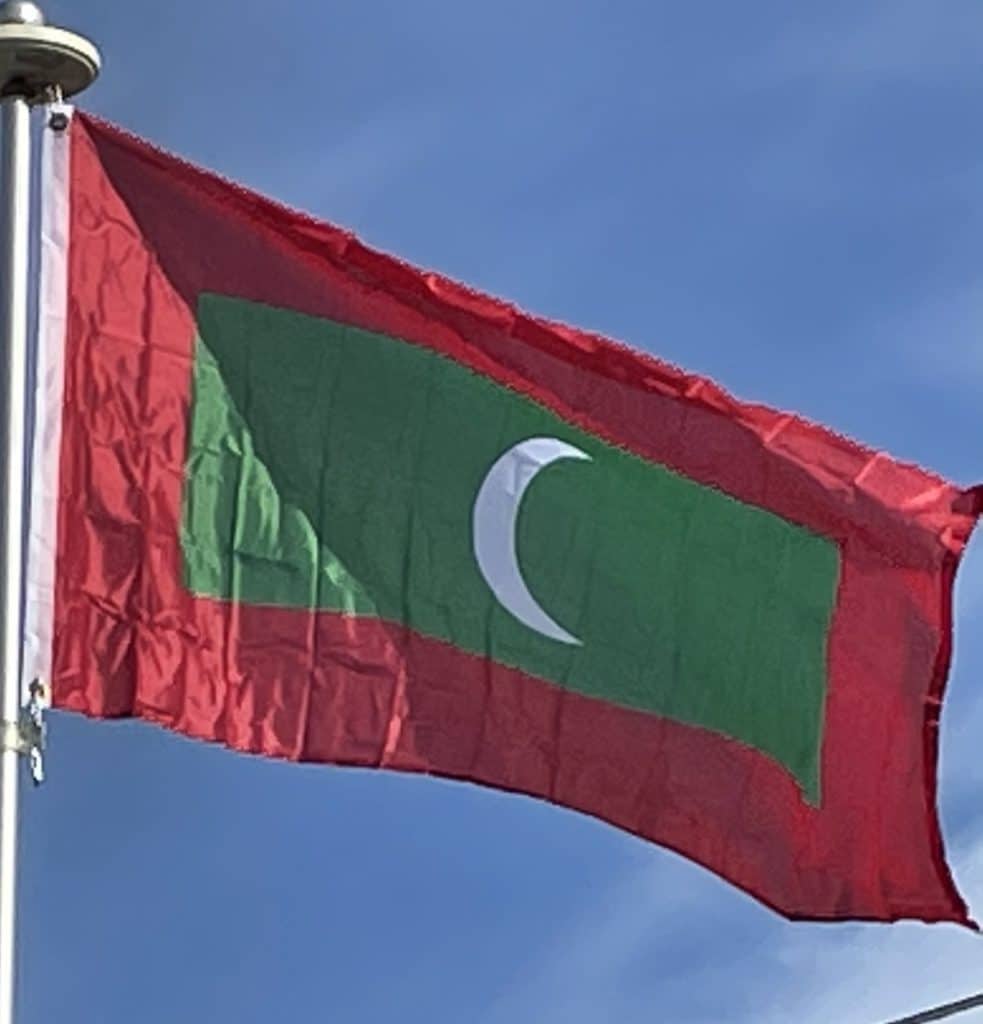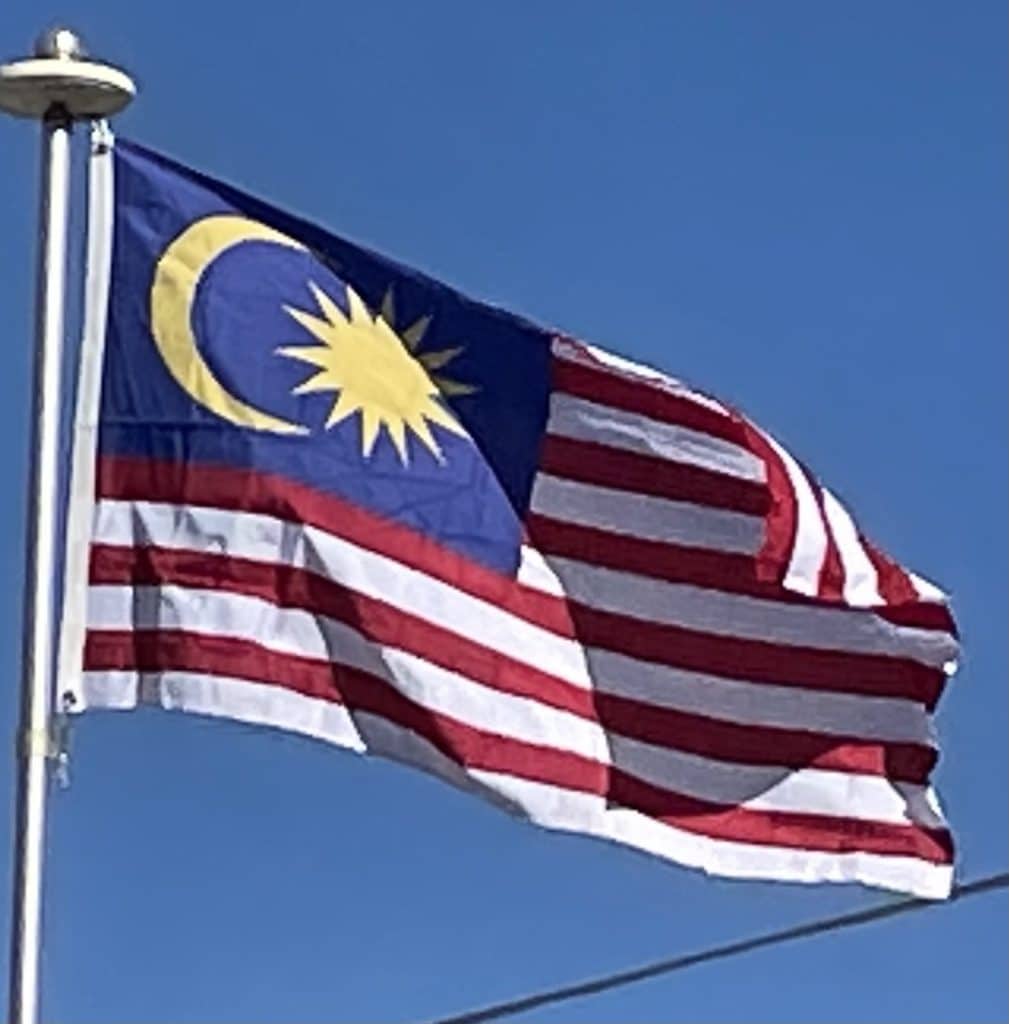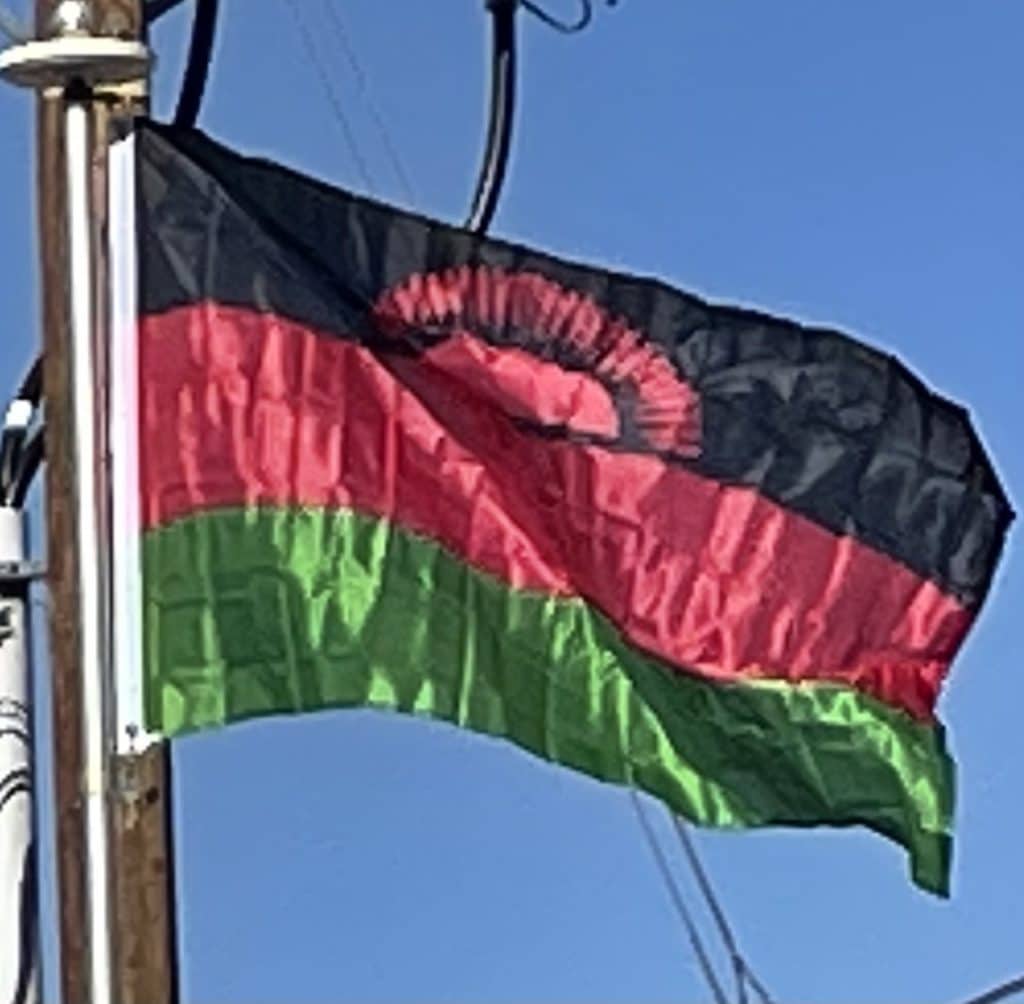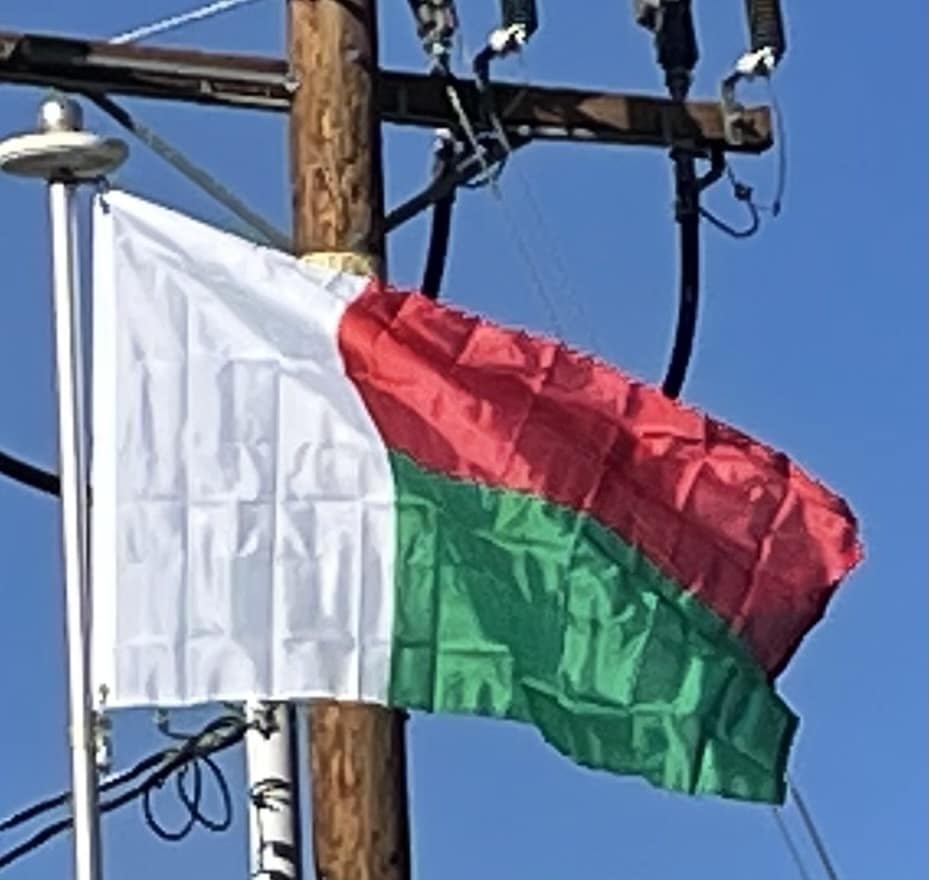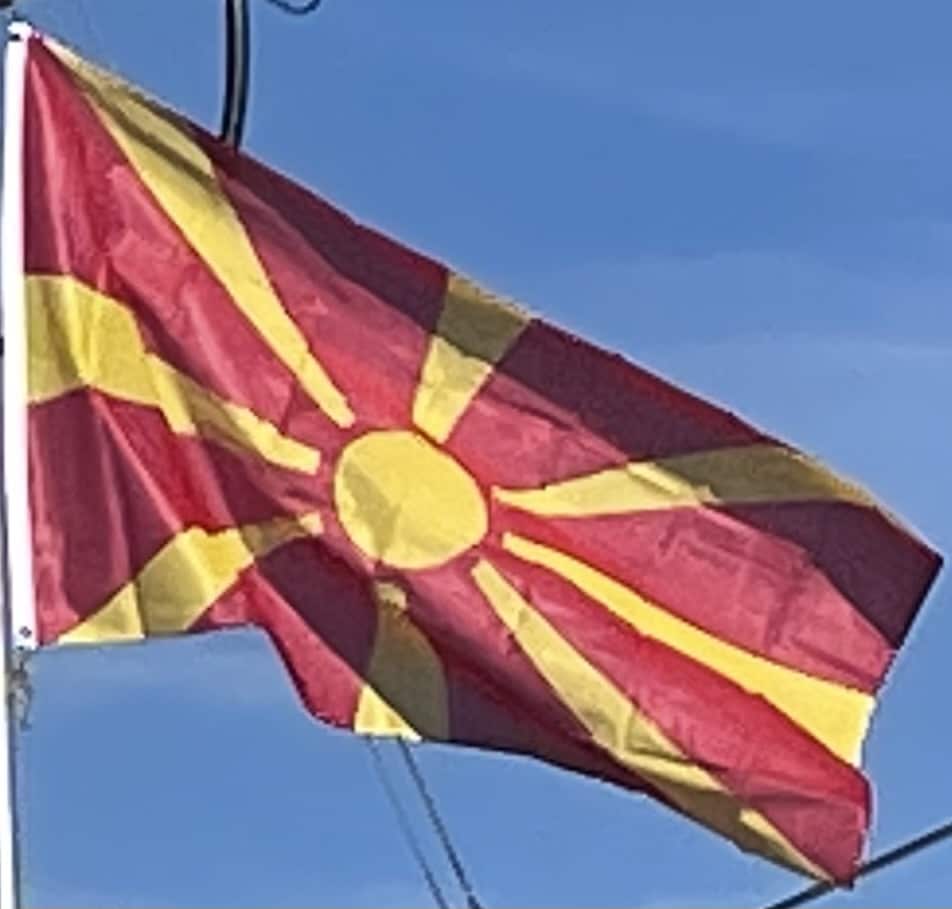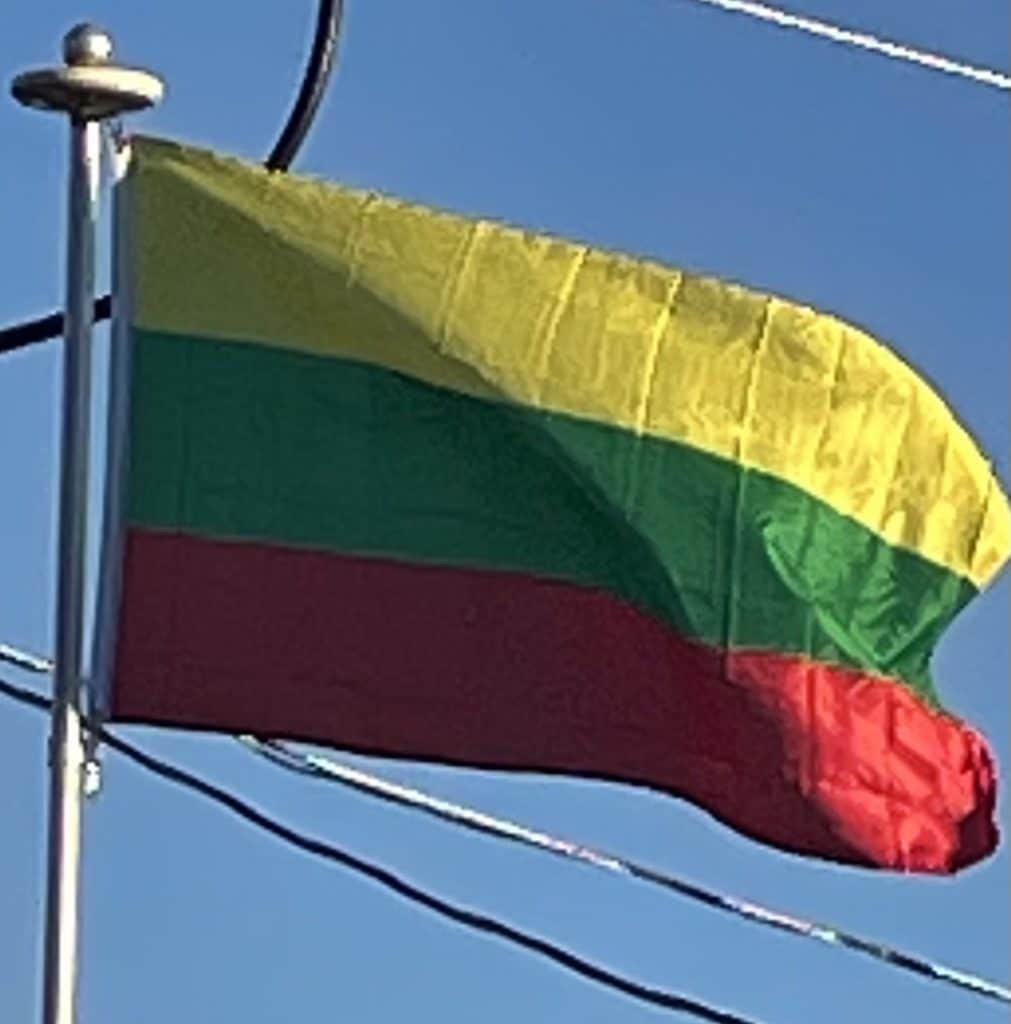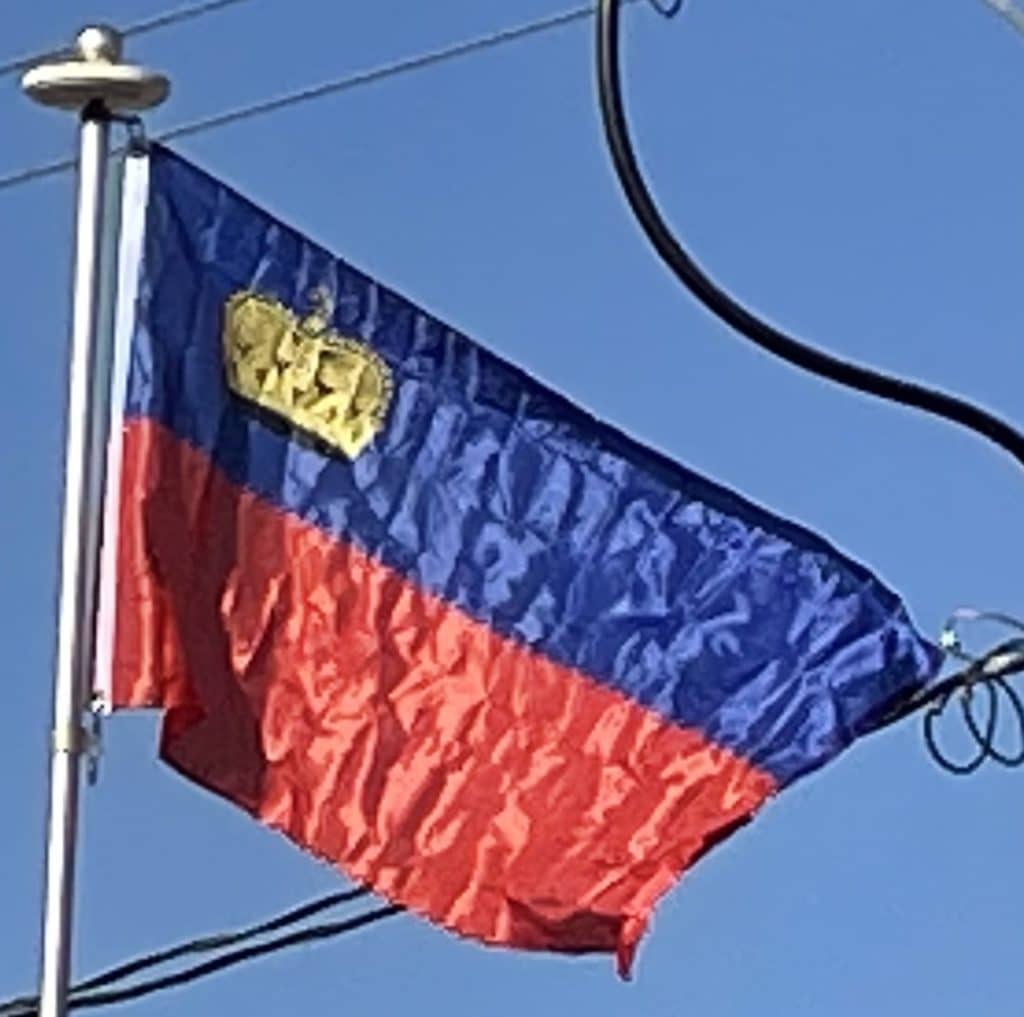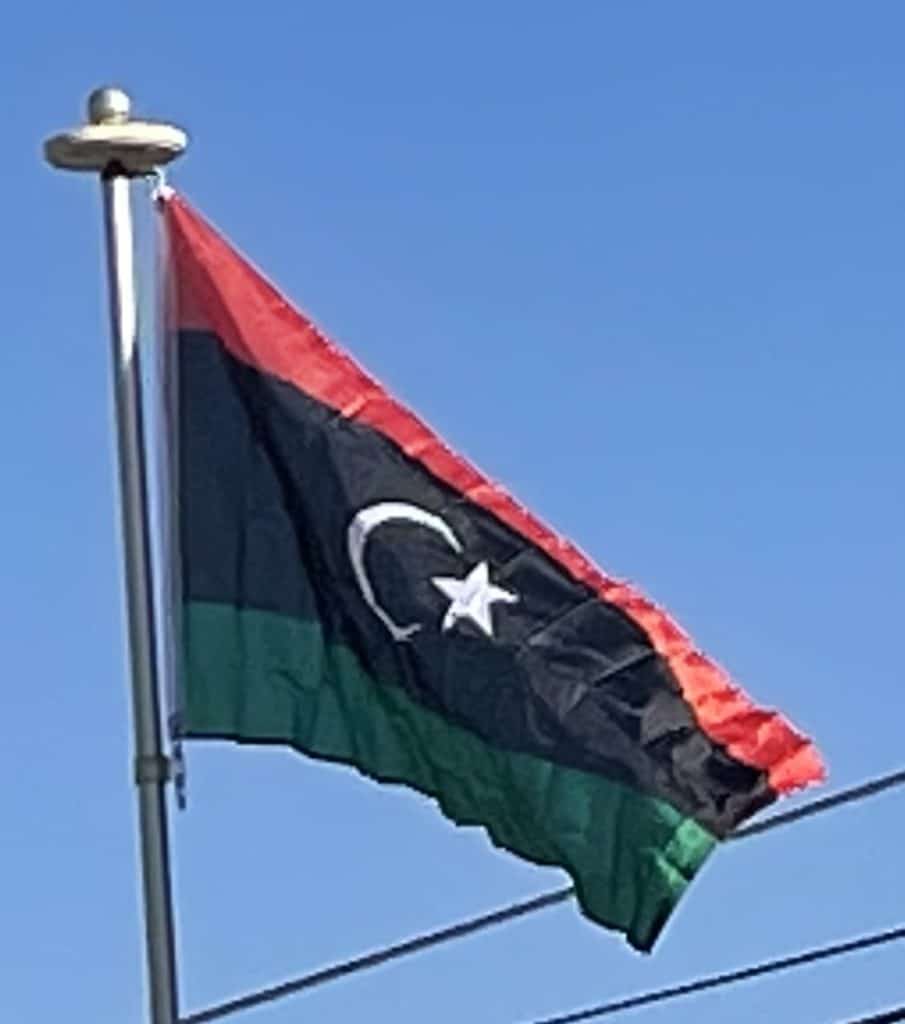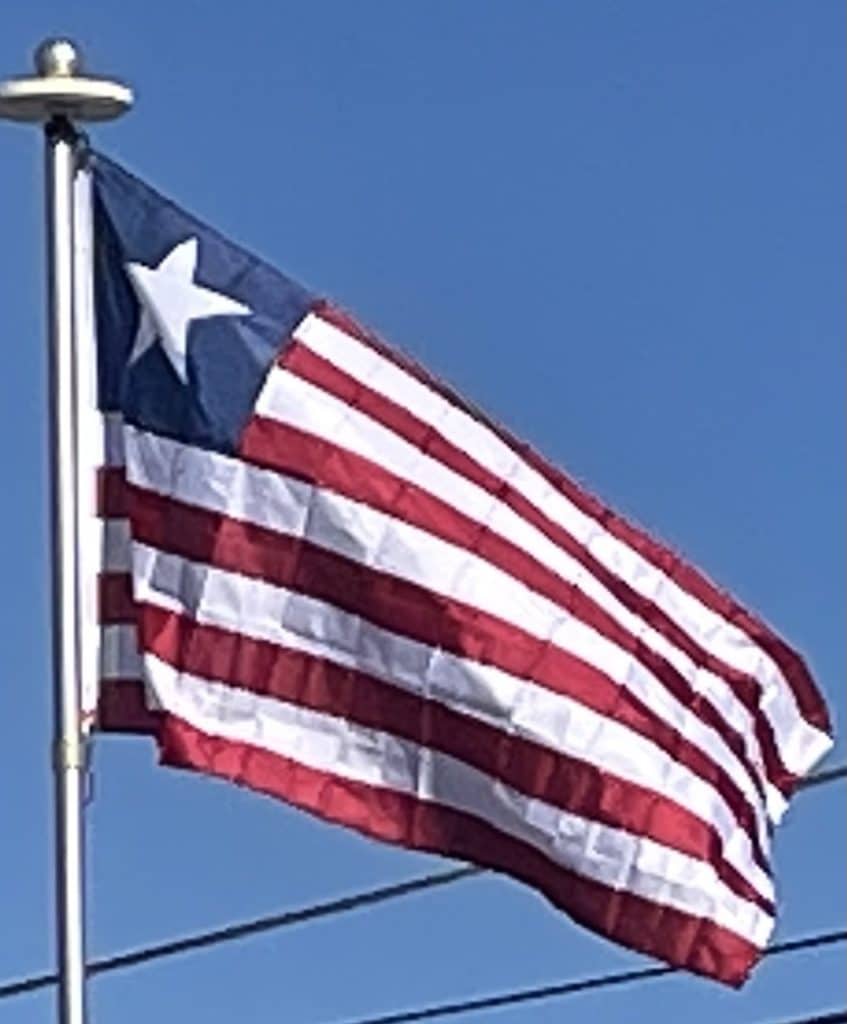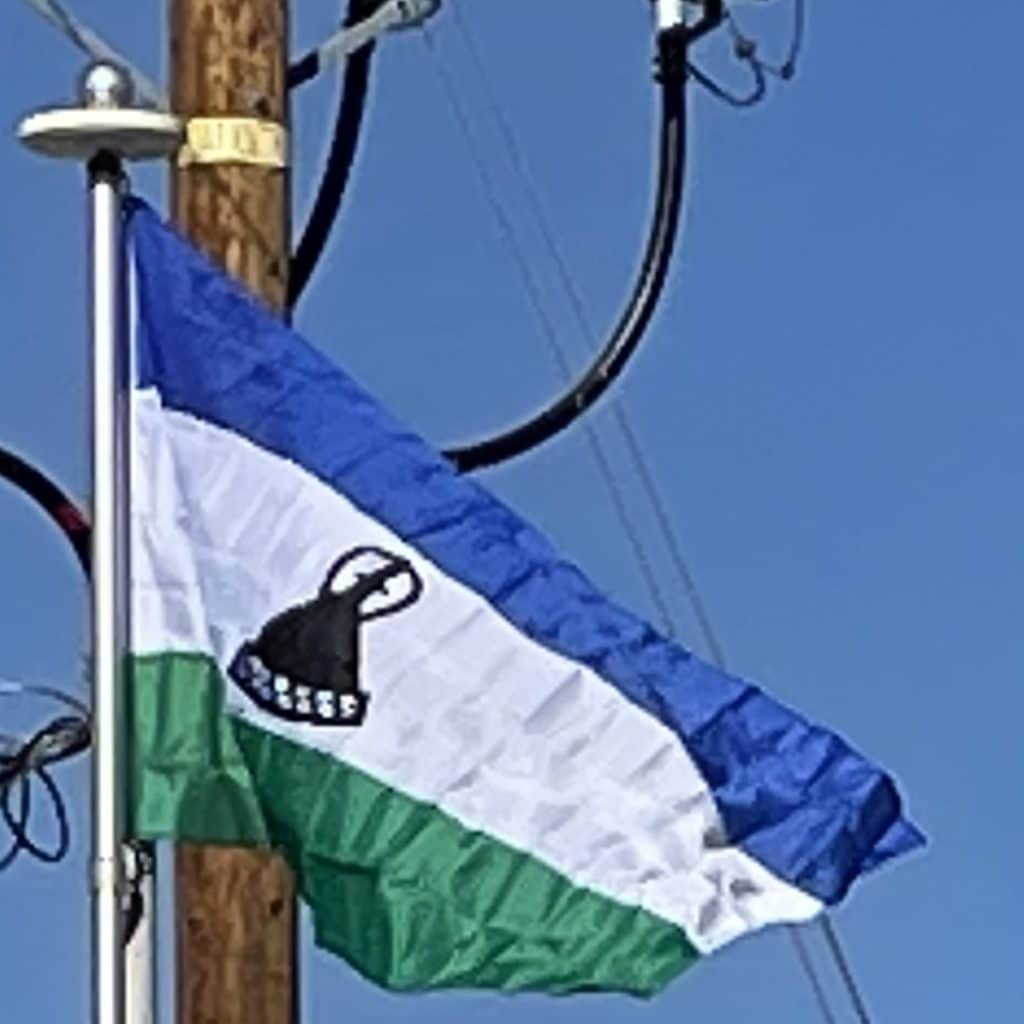Maldives
The flag of the Republic of Maldives is green with a red border. The center bears a vertical white crescent; the closed side of the crescent is on the hoist side of the flag. It was adopted on 25 July 1965.
The red rectangle represents the boldness of the nation’s heroes, and their willingness to sacrifice their every drop of blood in defense of their country. The green rectangle in the center symbolizes peace and prosperity. The white crescent moon symbolizes the Islamic faith of the state and authorities.
